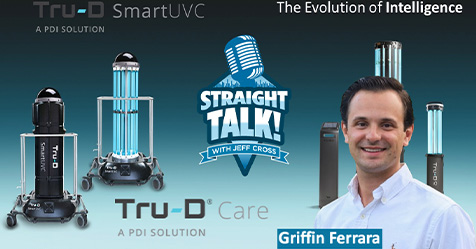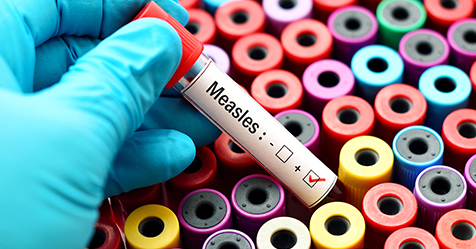A decade ago when green cleaning was first taking hold in the professional cleaning industry, where did cleaning contractors and in-house cleaning professionals turn to help guide them through the transition?
They turned to their jansan distributors for help.
Distributors were the ones with the green products; they were the ones who manufacturers taught how to use these products; and, in most cases, they were the ones who had attended the early seminars with industry advocates on how to design and implement a green cleaning strategy.
Now fast-forward 10 years. Many facilities have transferred to a green cleaning strategy. Today, the goal is to go a step further and incorporate sustainability into the mix. Similar to how implementing a green cleaning program a decade prior wasn’t on the radar of cleaning contractors and in-house cleaning professionals, we see once again that cleaning professionals are turning to jansan distributors for advice and direction on implementing a sustainability program.
Steps to Implementation
When it comes to incorporating sustainability, distributors are likely to advise their clients to take the following steps:
- Form a team made up of building managers, cleaning professionals, and building users, with the goal of defining what sustainability is, what it means specifically for the facility, and developing an action plan to ensure the sustainability program’s development and implementation.
- Communicate to all building staff and users why the program is being implemented and what it entails; the goal is to get everyone on board with the sustainability program.
- Help the facility select green-certified cleaning solutions, products, and equipment. In most cases, green-certified cleaning solutions are typically made from renewable resources.
- Help cleaning professionals select cleaning solutions that are more highly concentrated and in larger containers to reduce transport and fuel consumption needs.
- Train cleaning professionals on the proper use of green and more sustainable cleaning products along with cleaning procedures that help minimize the impact of cleaning on the facility, protect the health of the facility, and promote sustainability. Most of these best practices are documented in the Cleaning Industry Management Standard-Green Building (CIMS-GB) program from ISSA, the worldwide cleaning industry association.
- Verify the performance of the cleaning products selected and continually look for new products that may help promote the health of the facility along with sustainability.
- Select cleaning equipment that has proven to be effective without the use of cleaning solutions.
- Reduce the facility’s use of natural resources (e.g., water, electricity, fuel) and its overall environmental footprint by suggesting where consumption reductions can be achieved.
- Become a ready source of information, advice, and help on sustainability issues.
Additionally, a sustainability program will have guidelines designed to help eliminate cleaning solutions that are no longer used or needed. This typically begins with a supply audit to determine exactly what cleaning solutions have been purchased for the facility.
Once you accomplish this, you can begin to consolidate. Consolidation is a process of selecting products that, for instance, can be used on multiple surfaces for the same purpose or for multiple purposes, eliminating the need for current solutions that serve just one purpose. In addition to enhancing sustainability, using fewer products can help reduce training needs, improve cleaning efficiencies, and promote safety, all of which fall under the umbrella of an effective sustainability program.



